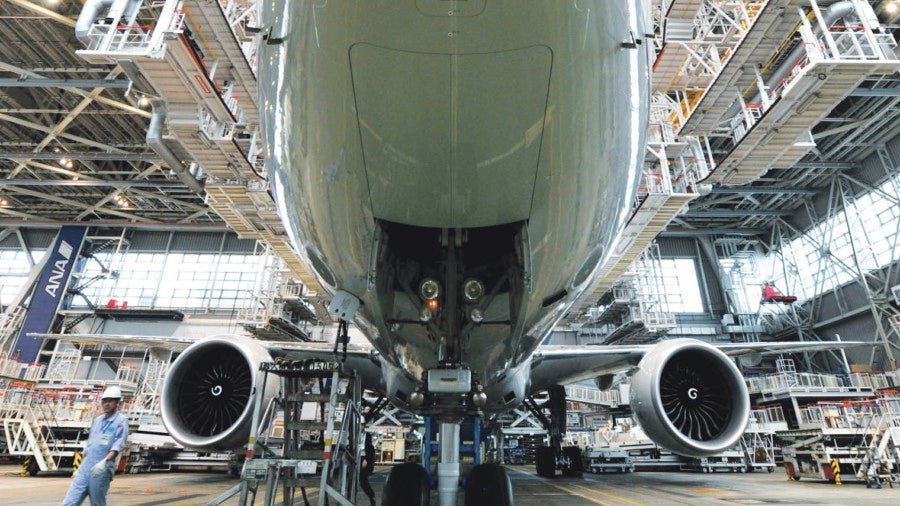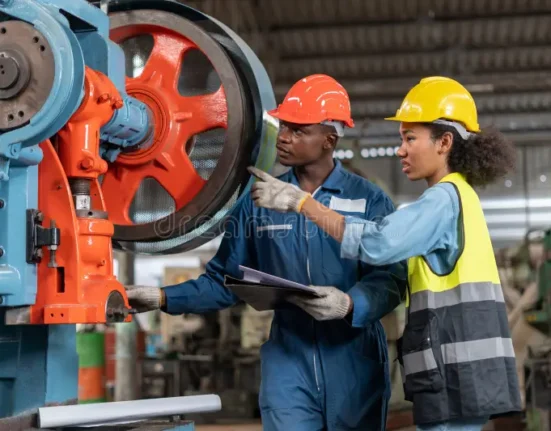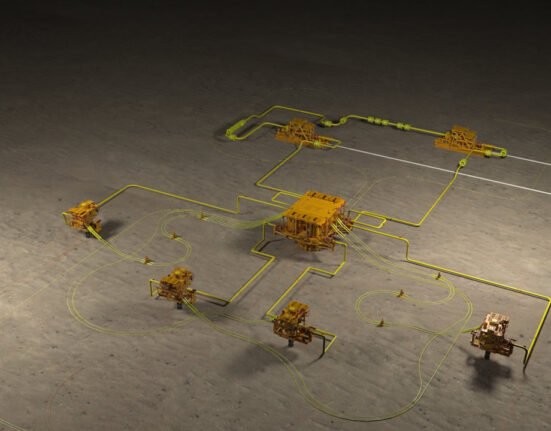The global aerospace industry is facing unprecedented supply chain disruptions, leading to significant delays in aircraft production. Manufacturers, suppliers, and airlines are struggling to meet demand due to shortages of critical components, logistical challenges, labor constraints, and geopolitical uncertainties. The ripple effects of these disruptions extend across the entire aviation ecosystem, impacting aircraft delivery schedules, airline expansion plans, and overall industry growth.
This article examines the key reasons behind supply chain disruptions in the aerospace sector and explores potential solutions to mitigate their impact.
Causes of Supply Chain Disruptions
1. Shortage of Raw Materials
Aircraft manufacturing relies on specialized materials such as aluminum, titanium, carbon fiber composites, and rare earth elements. Disruptions in the mining, processing, and distribution of these materials have led to supply shortages. Factors contributing to these shortages include:
- Increased demand from other industries, such as automotive and electronics.
- Trade restrictions and tariffs affecting the flow of raw materials.
- Environmental regulations limiting mining and refining activities.
- Geopolitical tensions disrupting supply from key sources like Russia and China.
2. Semiconductor and Electronic Component Shortages
Modern aircraft are highly dependent on advanced avionics, flight control systems, and electronic components, many of which require semiconductors. The global semiconductor shortage, initially triggered by the COVID-19 pandemic, continues to impact aerospace manufacturing due to:
- High demand from consumer electronics and automotive industries.
- Limited production capacity and long lead times for semiconductor fabrication.
- Supply chain concentration in a few regions, increasing vulnerability to disruptions.
3. Labor Shortages and Skilled Workforce Gaps
The aerospace sector is experiencing a critical labor shortage, particularly in skilled trades such as welding, machining, and avionics assembly. Contributing factors include:
- Retirements of experienced workers without sufficient replacements.
- A decline in technical training and apprenticeship programs.
- Competition from other industries offering higher wages and better working conditions.
- Pandemic-related workforce reductions that have not fully recovered.
4. Logistical and Transportation Challenges
Global transportation networks remain under strain, impacting the timely delivery of aircraft components. Key issues include:
- Congestion at major ports leading to extended shipping times.
- Rising freight costs due to increased demand and fuel price fluctuations.
- Shortages of cargo aircraft and shipping containers.
- Supply chain bottlenecks caused by the reduced capacity of suppliers.
5. Impact of Geopolitical Instability
Political and economic instability in key manufacturing regions has further exacerbated supply chain disruptions. Events such as:
- The Russia-Ukraine conflict affecting titanium and aerospace-grade materials supply.
- Trade disputes between major economies leading to tariff increases and trade restrictions.
- Sanctions and export controls disrupting the flow of critical aerospace components.
Effects on Aircraft Production
The delays caused by supply chain disruptions have had significant consequences for aircraft manufacturers and airlines:
- Extended production timelines: Major aircraft manufacturers, including Boeing and Airbus, have announced delays in aircraft deliveries due to parts shortages.
- Increased costs: Scarcity of materials and logistical inefficiencies have led to rising production costs.
- Order backlog growth: Airlines waiting for new aircraft face operational challenges and fleet expansion delays.
- Passenger travel impact: Airlines struggling to receive new aircraft may face reduced capacity and increased fares due to fleet constraints.
Strategies to Mitigate Supply Chain Disruptions
1. Strengthening Supplier Relationships and Diversification
Manufacturers must develop closer partnerships with suppliers and diversify sourcing strategies to reduce dependence on single suppliers. This includes:
- Investing in long-term supplier agreements to secure critical components.
- Expanding supplier networks across multiple geographic regions.
- Encouraging local production and reshoring key aerospace components.
2. Investment in Advanced Manufacturing Technologies
Adopting advanced manufacturing techniques can help alleviate production delays by improving efficiency and reducing reliance on constrained supply chains. Key technologies include:
- Additive manufacturing (3D printing) to produce critical parts on demand.
- Automation and robotics to address labor shortages and enhance production speed.
- Digital twins and predictive analytics to optimize supply chain management and anticipate disruptions.
3. Workforce Development and Training Programs
To address labor shortages, the aerospace industry must invest in workforce development initiatives, including:
- Expanding apprenticeship programs to train new talent.
- Offering competitive wages and benefits to attract skilled workers.
- Collaborating with educational institutions to promote STEM careers.
4. Improved Logistics and Supply Chain Resilience
Enhancing logistics capabilities and supply chain resilience is crucial for mitigating disruptions. Strategies include:
- Utilizing real-time tracking and data analytics to improve supply chain visibility.
- Increasing inventory levels for critical components to buffer against shortages.
- Developing alternative transportation routes and modes to reduce dependency on congested shipping lanes.
5. Policy and Government Support
Government intervention can play a crucial role in stabilizing aerospace supply chains by:
- Providing incentives for domestic production of key aerospace materials and components.
- Encouraging investment in semiconductor manufacturing to reduce dependency on foreign suppliers.
- Facilitating international trade agreements that promote stable supply chain networks.
Conclusion
The global aerospace industry is facing severe supply chain disruptions that are delaying aircraft production and affecting the entire aviation sector. While multiple factors—ranging from raw material shortages to logistical bottlenecks—contribute to these challenges, a proactive approach involving supplier diversification, technological advancements, workforce development, and government support can help mitigate the impact.
By implementing strategic solutions and fostering industry-wide collaboration, aerospace manufacturers can work toward stabilizing production schedules and ensuring the timely delivery of aircraft to meet growing global demand.







Leave feedback about this